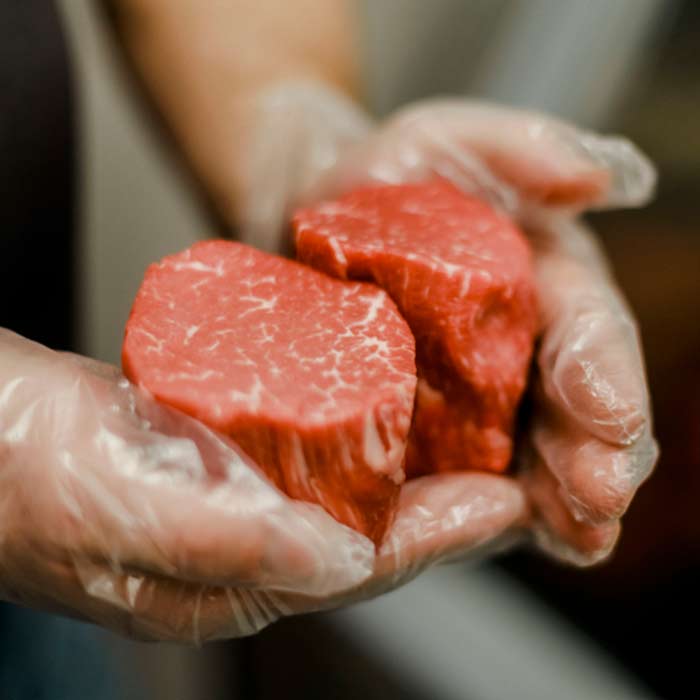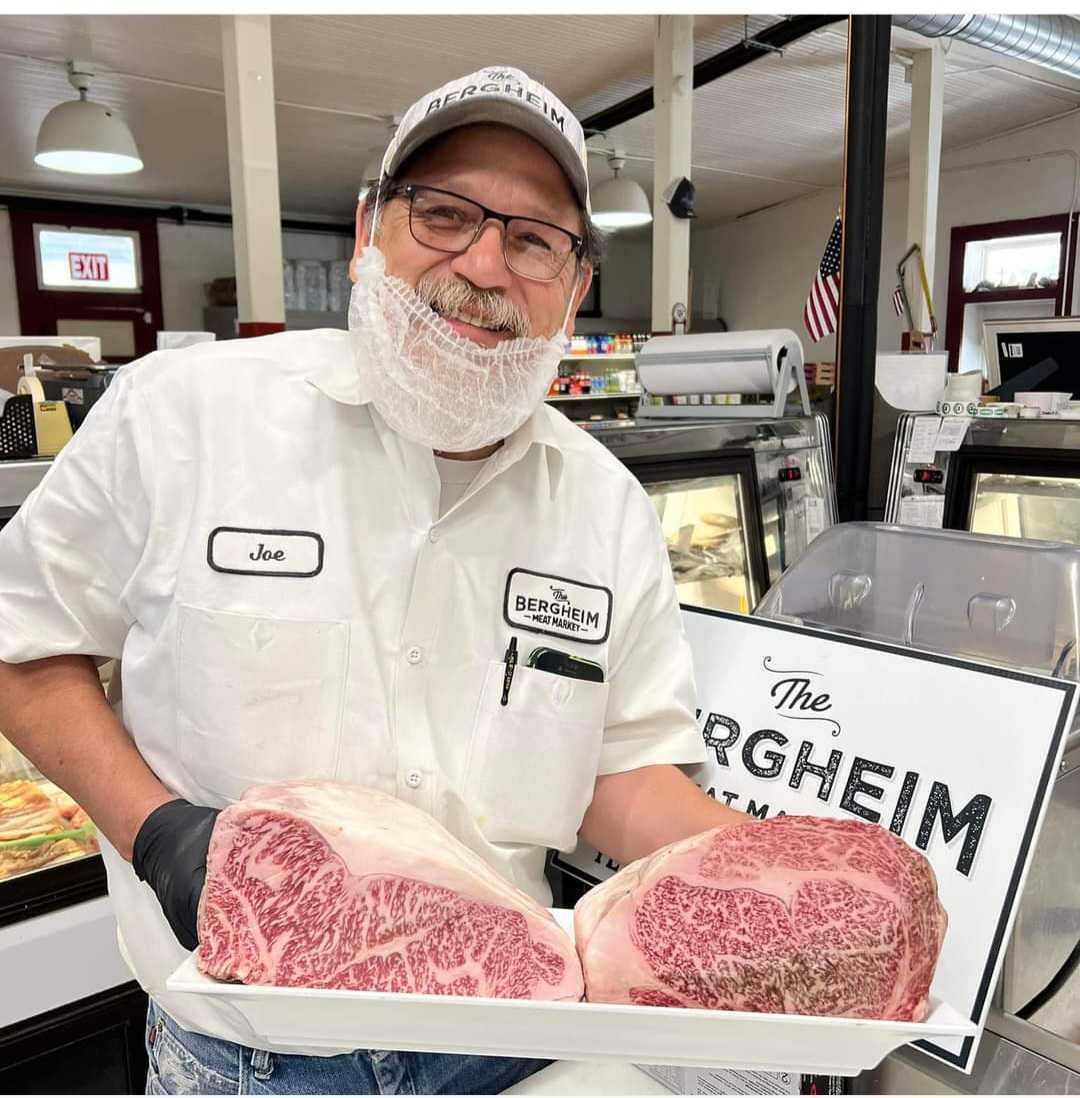Quality cuts at Bagley Meat Market Edwardsville IL for every recipe.
Quality cuts at Bagley Meat Market Edwardsville IL for every recipe.
Blog Article
How to Choose the Perfect Cut of Meat From a Trusted Meat Market
Selecting the suitable cut of meat from a trusted meat market requires a thoughtful technique that stabilizes quality, cooking function, and budget plan. Recognizing the various types of meat and their particular cuts is crucial, as is involving with your butcher to acquire understandings right into sourcing and prep work.
Recognizing Meat Cuts


For instance, the tenderloin is prized for its buttery structure and very little connective cells, making it optimal for fast food preparation approaches such as barbecuing or pan-searing. In contrast, tougher cuts like the brisket or shank gain from sluggish cooking methods to break down collagen, producing rich and delicious results.
Furthermore, the fat web content of a cut plays an important role in flavor profile and dampness retention during food preparation. Cuts with greater fat content, such as ribeye, offer a more robust flavor, while leaner choices, like sirloin, might need cautious preparation to stay clear of dry skin (bagley meat market edwardsville il). Understanding these subtleties permits educated choices that boost culinary productions, guaranteeing that each recipe showcases the most effective high qualities of the picked meat
Factors to Take Into Consideration
When selecting the best cut of meat, numerous crucial aspects come right into play that can significantly affect the last recipe. Primarily, think about the kind of meat you want-- beef, pork, lamb, or chicken-- as each deals distinct flavors and structures. The details cut within that group is just as crucial; for example, ribeye delivers rich marbling, while tenderloin offers a lean, buttery texture.
One more element is the food preparation method you prepare to utilize. Cuts appropriate for grilling, such as T-bones or sirloins, differ from those better suited for slow food preparation, like chuck roasts or shanks. Additionally, freshness is paramount; always select meat with a lively shade and firm structure, signifying high quality and proper handling.
Additionally, take into consideration the resource of the meat. A relied on meat market usually offers in your area sourced, hormone-free, and grass-fed alternatives, which can improve flavor and nutritional worth. Last but not least, your spending plan will certainly assist your choice. Costs cuts might provide outstanding taste, but there are also cost-effective alternatives that, when prepared appropriately, can generate delicious outcomes. Balancing these variables will aid you pick the best cut for your culinary requirements.
Questions to Ask Your Butcher
A butcher's proficiency can be vital when selecting the suitable cut of meat for your culinary ventures. Beginning by inquiring regarding the resource of the meat.
Following, inquire about the various cuts readily available for the sort of meat you like. A knowledgeable butcher will describe the nuances of each cut, helping you select one that matches resource your food preparation approach and desired result. Don't think twice to inquire regarding the most effective food preparation strategies for a specific cut; butchers typically have pointers that can enhance your recipe.
It's additionally sensible to ask concerning the meat's quality. A great butcher will be excited to share their knowledge and suggest cuts that will thrill your palate. Engaging your butcher with these questions can dramatically boost your meat option experience.
Acknowledging Top Quality Meat

Structure is one more important factor; top quality meat ought to feel strong and somewhat resilient to the touch. Stay clear of any kind of cuts that really feel slimy or excessively dry, as these can suggest putridity or inappropriate storage. In addition, odor plays a crucial duty; fresh meat ought to have a clean, neutral fragrance, while any kind of off-putting or sour smells are warnings.
Last but not least, consider the source. Getting from a trusted meat market, where the meat's beginning is known, can make certain better standards. By concentrating on these signs-- shade, marbling, appearance, smell, and resource-- you can confidently pick cuts that will certainly boost your food preparation and eating experience.
Cooking Techniques for each and every Cut
Choosing the right food preparation technique is vital for maximizing the taste and inflammation of each cut of meat. Various cuts possess one-of-a-kind characteristics that determine one of the most ideal cooking strategies.
For tender cuts, such as filet mignon or ribeye, dry warmth approaches like cooking, check this site out broiling, or pan-searing are suitable. On the other hand, harder cuts, such as chuck or brisket, advantage from wet warm methods, including braising or slow food preparation.
Pork chops and hen busts are functional and can be cooked using both dry and moist approaches. While grilling or roasting can generate tasty outcomes, poaching or sautéing can keep dampness and inflammation. For lamb, techniques like toasting or braising are suggested, as they complement the meat's robust taste.

Final Thought
To conclude, picking the optimal cut of meat from a reputable meat market necessitates an extensive understanding of meat cuts and factor to consider of different elements, consisting of source, high quality, and food preparation methods. Engaging with the butcher with targeted queries can generate useful understandings and referrals tailored to particular culinary requirements. Prioritizing both high quality and budget will certainly enhance the general gastronomic experience, ensuring that the picked cut satisfies assumptions in both flavor and prep work.
Report this page